
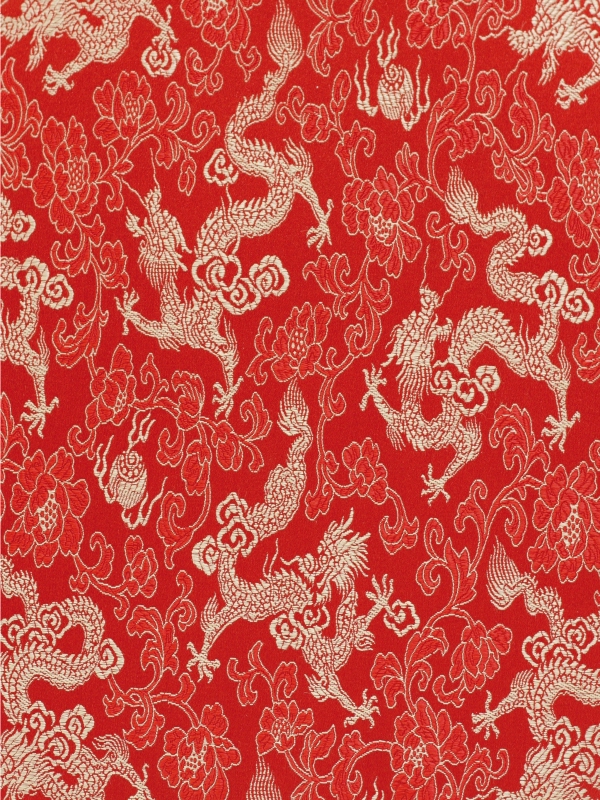

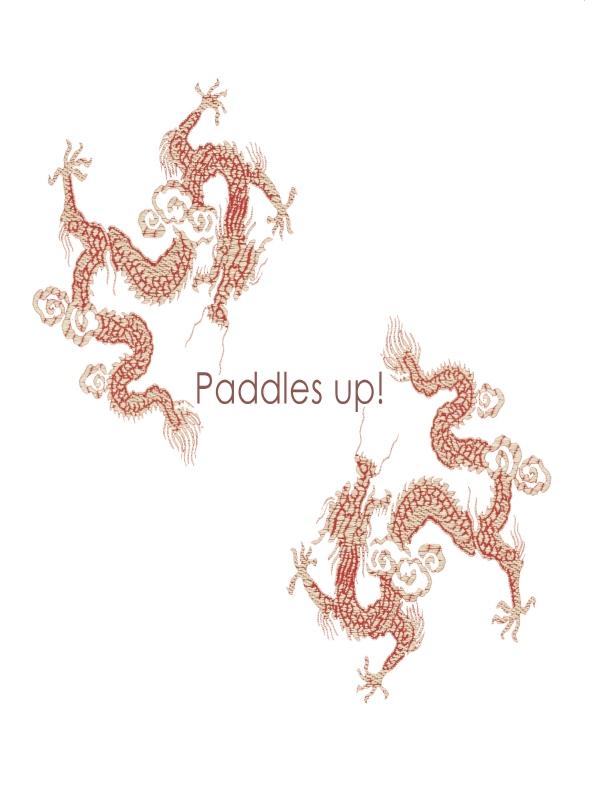

Arlene Chan &
Susan Humphries

Copyright Arlene Chan and Susan Humphries, 2009
All rights reserved. No part of this publication may be reproduced, stored in a retrieval system, or transmitted in any form or by any means, electronic, mechanical, photocopying, recording, or otherwise (except for brief passages for purposes of review) without the prior permission of Dundurn Press. Permission to photocopy should be requested from Access Copyright.
Editor: Jane Gibson
Copy Editor: Nigel Heseltine
Design: Courtney Horner
Printer: Friesens
Library and Archives Canada Cataloguing in Publication
Chan, Arlene
Paddles up! : dragon boat racing in Canada / by Arlene
Chan and Susan Humphries.
Includes bibliographical references and index.
ISBN 978-1-55488-395-0
1. Dragon boat racing--Canada. 2. Dragon boat
racing. I. Humphries, Susan II. Title.
GV786.C43 2009 797.140971 C2009-900295-7

1 2 3 4 5 13 12 11 10 09
We acknowledge the support of the Canada Council for the Arts and the Ontario Arts Council for our publishing program. We also acknowledge the financial support of the Government of Canada through the Book Publishing Industry Development Program and TheAssociation for the Export of Canadian Books, and the Government of Ontario through the Ontario Book Publishers Tax Creditprogram, and the Ontario Media Development Corporation.
Care has been taken to trace the ownership of copyright material used in this book. The author and the publisher welcome any information enabling them to rectify any references or credits in subsequent editions.
J. Kirk Howard, President
Front Cover: Copyright Nicholas Rjabow, iStockphoto.
Top Back Cover:Victoria Dragon Boat Festival in British Columbia. Photograph by William Ng.
Bottom Back Cover: Dragon Beast team from Halifax, Nova Scotia. Photograph by Jan Oakley.
Printed and bound in Canada.
Printed on recycled paper.
www.dundurn.com
Published by Natural Heritage Books
A Member of The Dundurn Group
Dundurn Press
3 Church Street, Suite 500
Toronto, Ontario, Canada
M5E 1M2 | Gazelle Book Services Limited
White Cross Mills
High Town, Lancaster, England
LA1 4XS | Dundurn Press
2250 Military Road
Tonawanda, NY
U.S.A. 14150 |
 Contents
Contents 
by Mike Haslam
by Arlene Chan and Susan Humphries
Arlene Chan
Albert McDonald and Suzanne McKenzie
Jamie Hollins
Matt Robert
Kamini Jain
Andrew Fox
Albert McDonald
Jim Farintosh
Dr. David Levy
Pam Lumb Collett
Mike Kerkmann
Gerry Kavanagh
Eleanor Nielsen
Kathy Levy
Matt Smith
Index


D RAGON B OATING:
C OMMUNITY S PORT FOR A LL, BUT
S ERIOUS S PORT T OO

The archaeological record shows that dragon boats were raced in China more than 5,000 years ago. They were used only for ceremonial purposes until the famous poet and statesman Qu Yuan, who lived during Chinas Warring States Period, was banned from the state of Chu for speaking up against a corrupt regime.
Qu Yuan died some 2,300 years ago by drowning himself in the Miluo River after he learned that the rival state of Qin had defeated his beloved Chu. Qu Yuans death was commemorated by holding annual dragon boat races. The Dragon Boat Festival evolved from these annual events and eventually spread across China, mainly in the south, and subsequently to other areas in Southeast Asia.
Chinese dragon boat racing is much older than the Ancient Olympic Games held in Greece. In its modern incarnation, it has one major difference from the Greek Olympics. Unlike those games, which celebrated the power and fighting abilities of the warrior class, traditional dragon boat festivals celebrate the sacrifice of Qu Yuan. Ever since his death, racing dragon boats has been a community activity with mass participation to remember his ultimate sacrifice.
The roots of the modern sport of dragon boat racing are also found in southern China and the fishing communities of Hong Kong. Racing the Dragon is part of their social life and the skills and traditions of dragon boat racing have been passed on, over hundreds of years, from one generation to the next.
Around the world, there are many other types of traditional long boats, like the dragon boat, which are central to the way of life of local fishing communities. Herein lies the secret and strength of dragon boating. It is truly a sport from the people and for all the people, and one that can bring whole communities together in friendly competition.
Taking part in dragon boating leads to a knowledge of the traditions of the sport. From this knowledge comes an understanding and respect for different cultures and values, and new friendships with people from around the world.
Dragon boat racing in the modern era is also based on participation. It is now a team sport in which people work together to achieve a common goal through common effort. There are no individual stars in dragon boat racing. Only the combined efforts of the crew as a whole can bring success and the feeling of complete achievement; individual prowess, unless it can be harnessed for the good of the crew, counts for nought.
Having participated in other sports, I have not found one with the social aspects and camaraderie of dragon boating. Even in Malaysia when the races were starting, we would chat with other teams and when we finished racing we would all be congratulating each other for a good race, win or lose.
Stefan Nowak, Pickering, Ontario
But how did this ancient traditional activity develop into todays modern sport? Dragon boating is almost part of daily life in Hong Kong and one of the oldest Chinese traditions. It is not surprising that, in 1975, the Hong Kong Tourist Association (now the Hong Kong Tourist Board) decided that dragon boat racing, with its combination of traditional sporting activity and associated festival of Chinese culture, could be a unique way to promote Hong Kong as a tourist venue.
Next page





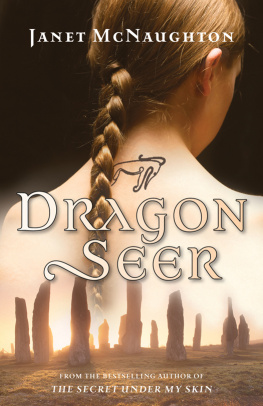

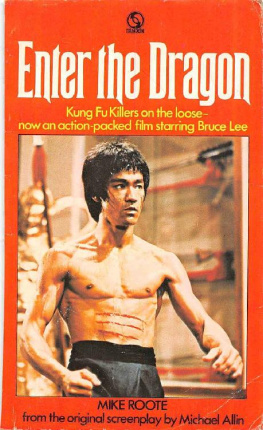
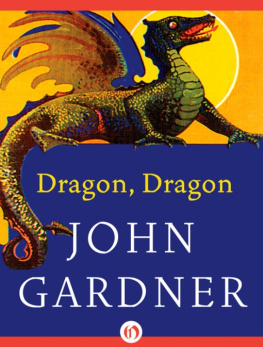

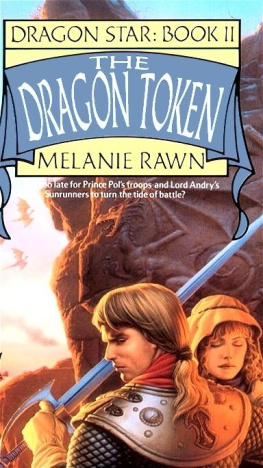






 Contents
Contents 


